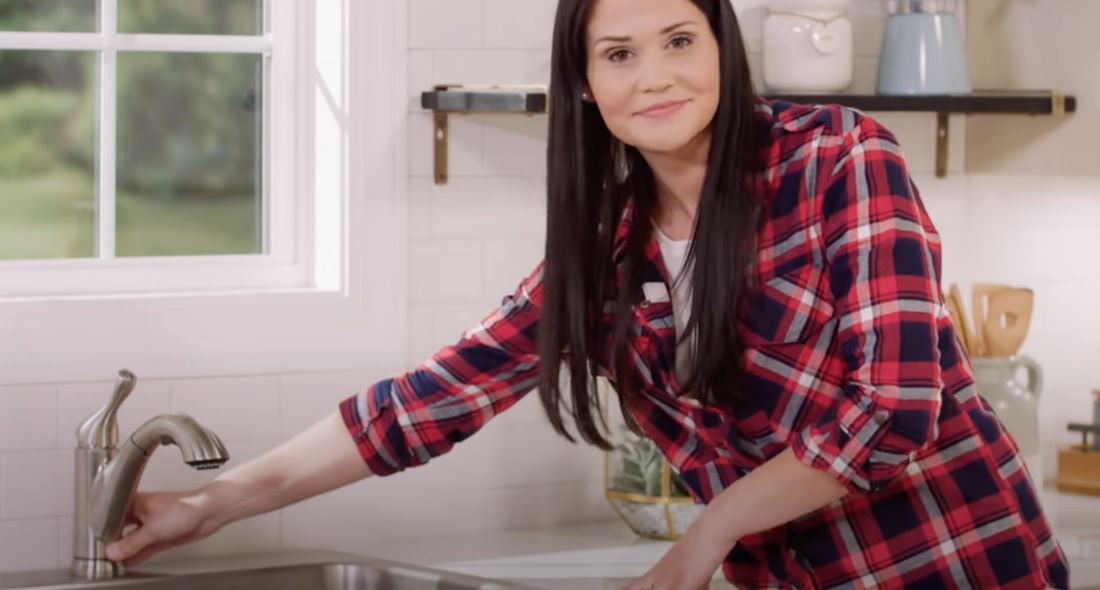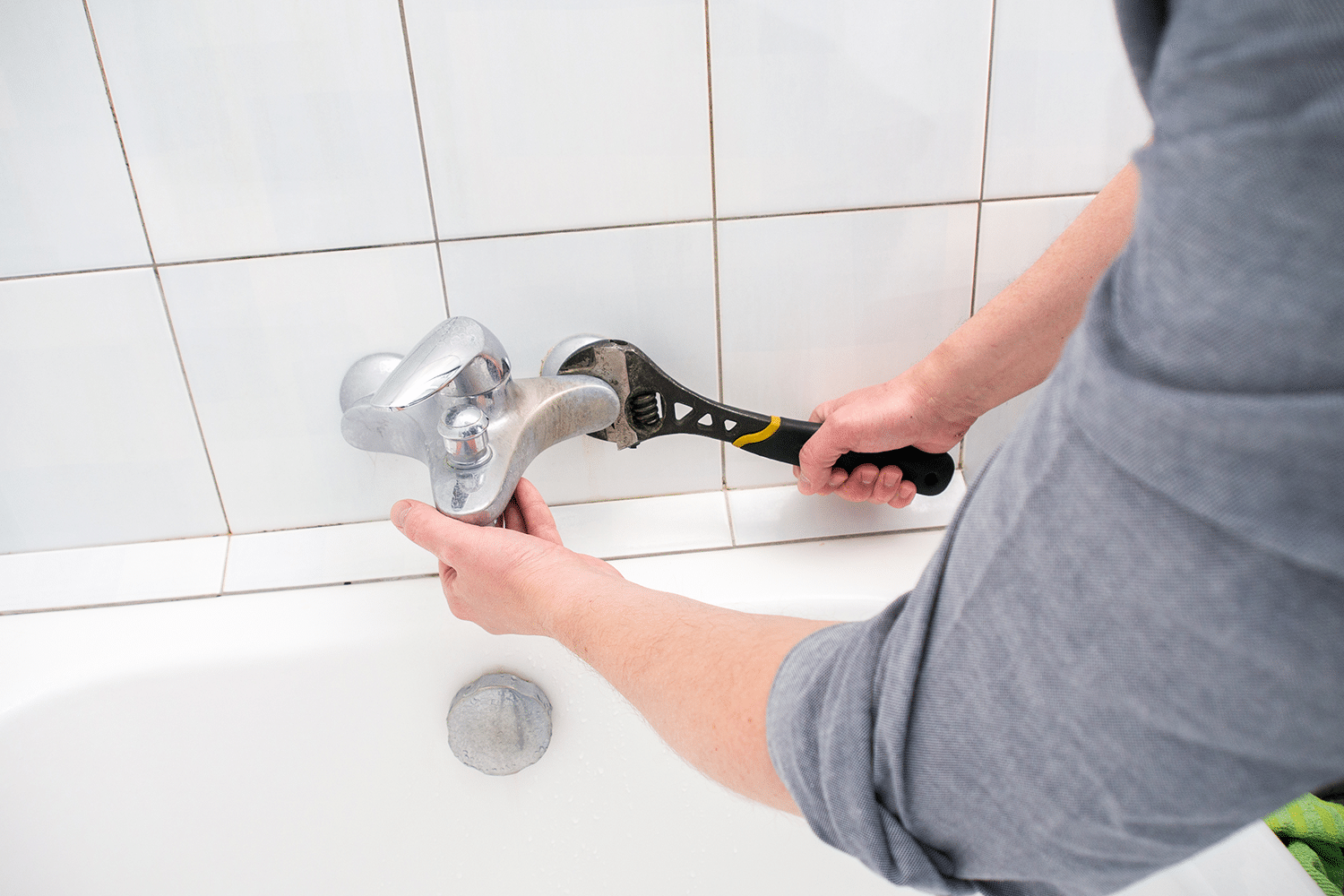The Reasons Behind Addressing a Leaking Faucet
The Reasons Behind Addressing a Leaking Faucet
Blog Article
Do you find yourself searching for critical information on Leaky Faucets: Why They Happen & What to Do About Them?

Dripping taps could appear like a small aggravation, yet their effect goes beyond simply the aggravation of the noise. From wasting water to sustaining unneeded financial prices and health and wellness risks, overlooking a leaking tap can lead to numerous consequences. In this write-up, we'll explore why it's crucial to resolve this usual home concern quickly and properly.
Wastage of Water
Ecological Influence
Leaking taps contribute significantly to water waste. According to the Environmental Protection Agency (EPA), a solitary faucet trickling at one drip per second can waste greater than 3,000 gallons of water per year. This not only pressures water resources but additionally affects ecosystems and wildlife depending on them.
Step-by-Step Guide to Repairing a Dripping Tap
Tools Needed
Prior to trying to repair a trickling tap, gather the necessary tools, including an adjustable wrench, screwdrivers, replacement components (such as washing machines or cartridges), and plumber's tape.
Common Faucet Issues and Their Solutions
Determine the type of faucet and the particular problem triggering the drip. Usual troubles consist of damaged washers, corroded valve seats, or malfunctioning O-rings. Describe manufacturer instructions or online tutorials for detailed guidance on repair work.
Financial Prices
Boosted Water Bills
Beyond the ecological effect, dripping taps can blow up water bills substantially. The accumulated waste gradually equates into greater utility expenses, which can have been stayed clear of with timely repairs.
Possible Residential Or Commercial Property Damages
Additionally, prolonged trickling can result in harm to fixtures and surfaces bordering the faucet. Water buildup can cause discoloration, corrosion, and also structural problems if left neglected, resulting in added repair expenses.
Wellness Issues
Mold and Mildew Development
The consistent presence of wetness from a trickling tap creates a suitable setting for mold and mildew growth. These fungi not just endanger interior air top quality but likewise posture wellness risks, particularly for individuals with respiratory conditions or allergies.
Waterborne Diseases
Stagnant water in dripping taps can come to be a breeding place for microorganisms and various other microorganisms, enhancing the risk of waterborne illness. Pollutants such as Legionella bacteria thrive in stationary water, potentially resulting in serious illnesses when consumed or inhaled.
Do it yourself vs. Specialist Repair work
Advantages and disadvantages of DIY Repair Service
While some may try to repair a trickling tap themselves, DIY repairs include their very own set of obstacles. Without appropriate expertise and tools, do it yourself attempts can worsen the concern or result in insufficient repairs, extending the problem.
Benefits of Working With a Professional Plumber
Working with a professional plumber makes certain that the underlying source of the dripping faucet is addressed properly. Plumbing technicians possess the experience and devices to detect and fix faucet issues efficiently, conserving time and minimizing the threat of more damage.
Ecological Duty
Private Contribution to Preservation
Taking responsibility for taking care of trickling faucets aligns with wider efforts toward water conservation and environmental sustainability. Every individual's actions jointly make a substantial influence on preserving precious resources.
Sustainable Living Practices
By prioritizing prompt repair work and embracing water-saving practices, individuals contribute to sustainable living methods that benefit both present and future generations.
Preventive Measures
Regular Maintenance Tips
To prevent trickling taps, execute regular maintenance such as cleaning up aerators, examining for leakages, and replacing worn-out components promptly. In addition, think about installing water-saving tools or upgrading to more reliable components.
Importance of Prompt Services
Attending to leaking faucets as soon as they're discovered avoids further water wastefulness and possible damages, ultimately conserving both water and money over time.
Influence On Property Worth
Assumption of Well-Maintained Property
Maintaining a building in good condition, consisting of attending to upkeep issues like leaking faucets, improves its perceived worth and charm among possible buyers or lessees.
Impact on Resale Value
Residences with well-maintained plumbing components, including taps, command higher resale worths in the realty market. Addressing leaking faucets can add to a favorable impression during residential property assessments and arrangements.
Conclusion
Resolving a trickling tap exceeds simple convenience; it's a necessary step towards conserving water, minimizing financial prices, and securing health and wellness and home. Whether with DIY repairs or professional support, acting to take care of trickling taps is a small yet impactful means to advertise accountable stewardship of sources and add to a healthier, extra sustainable future.
How to Fix a Leaky Faucet: Step-by-Step Repair Guide
A leaky faucet may seem like a simple annoyance, but if it's not fixed promptly, that leak could cost hundreds to potentially thousands. From water damage to mold, mildew, and high water bills, even a tiny leak can be catastrophic if left unattended. Damage like this can even affect the overall value of your home, so it's important to take the right approach for leaky faucet repair. You may need the help of a plumber in some cases, but we've got a few tips you can try on how to fix a leaky faucet before calling the pros.
Four Faucet Types
When you're learning how to fix a leaky faucet, the first step is knowing what kind of faucet you're working with! There are four common types.
Cartridge Faucets
Cartridge faucets come in one- or two-handled varieties. In one-handled cartridge faucets, hot and cold water combines in a single cartridge. In the two-handled versions, hot and cold water are controlled separately and mixed in the faucet.
Ball Faucets
Ball faucets have a single lever you push up and down to adjust the pressure and rotate to change the temperature. A slotted metal ball controls the amount of water allowed into the spout.
Compression Washer Faucets
They're the oldest type of faucet, but they're still used in many homes — especially older ones. Compression faucets have two separate handles that, when turned, raise or lower the washer that seals a water valve. This valve stops water from flowing through the faucet when it is turned off.
Disc Faucets
Disc faucets rarely need to be repaired due to their maintenance-free design. The water flow is controlled by two discs — the upper one raises and lowers against a fixed lower disc, creating a watertight seal. If your disc faucet starts leaking, you may need to replace the seals or clean residue buildup from the inlets.
Fixing a Leaky Faucet
Step 1: Turn Off the Water
Whether you're learning how to fix a leaky bathtub faucet or how to fix a leaky kitchen faucet, always turn off the water supply to your working area when you're fixing a leak. The last thing you want is a flood added to your list of things to fix.
Look for the shutoff valves below your sink or around the tub and turn them clockwise to stop the water flow. If your faucet doesn't have shutoff valves, you may need to turn off the water for the whole house. Check to make sure it's off by turning the faucet on. If nothing comes out, you're ready to start the repair.
Step 2: Take Apart the Faucet
How you disassemble your faucet depends on the type of fixture you have. You can use a flathead screwdriver to remove the caps on top of the handle or handles for cartridge and compression faucets. Inside, you should see handle screws. Unscrew these with a screwdriver to remove the handle.
Disc- and ball-style faucets will typically have an inlet screw near the handle, and removing that will reveal the interior of the faucet.
Detach the Valve Stem
For cartridge- and compression-style faucets, you'll see the inner valve stem or cartridge once you remove the faucet handles. If you have a compression faucet, unscrew the brass valve stem. If you have a cartridge faucet, pull out the cartridge. If your cartridge has been in place for a while, it may require some tools or extra force to remove it due to mineral deposits.
Examine and Replace Parts
Once you've removed the parts, check them out to confirm what needs to be replaced. You may see corroded rubber washers, O-rings, stems, or cartridges. On a ball-style faucet, check the seats and springs for damage.
If you need to repair a leaky disc faucet, check the inlet and seals on the lower disc.
Once you determine what parts must be replaced, visit your local hardware store. Bring the damaged parts with you to ensure you can purchase the correct components to replace them.
Clean Valves and Faucet Cavity
If you've removed a stem or cartridge, you may notice mineral buildup in the faucet's threads. Use white vinegar to clean the valve seat by soaking it for a few minutes, then scrub it away with a soft toothbrush and rinse with warm water. You can also clean the interior of the faucet in the same way.
Reassemble the Faucet
Once your faucet is cleaned and the required parts have been replaced, it's time to reassemble it. Put the pieces back together and slowly turn the water supply back on. Doing this slowly is crucial because too much initial water pressure can damage the new hardware you've just installed.
https://homewarranty.firstam.com/blog/how-to-fix-leaky-faucet

We hope you enjoyed reading our topic on Why It's Important to Fix Leaky Faucets. Thanks for finding the time to read through our blog. Sharing is nice. Helping people is fun. I praise you for being here. Please check up our blog back soon.
Report this page